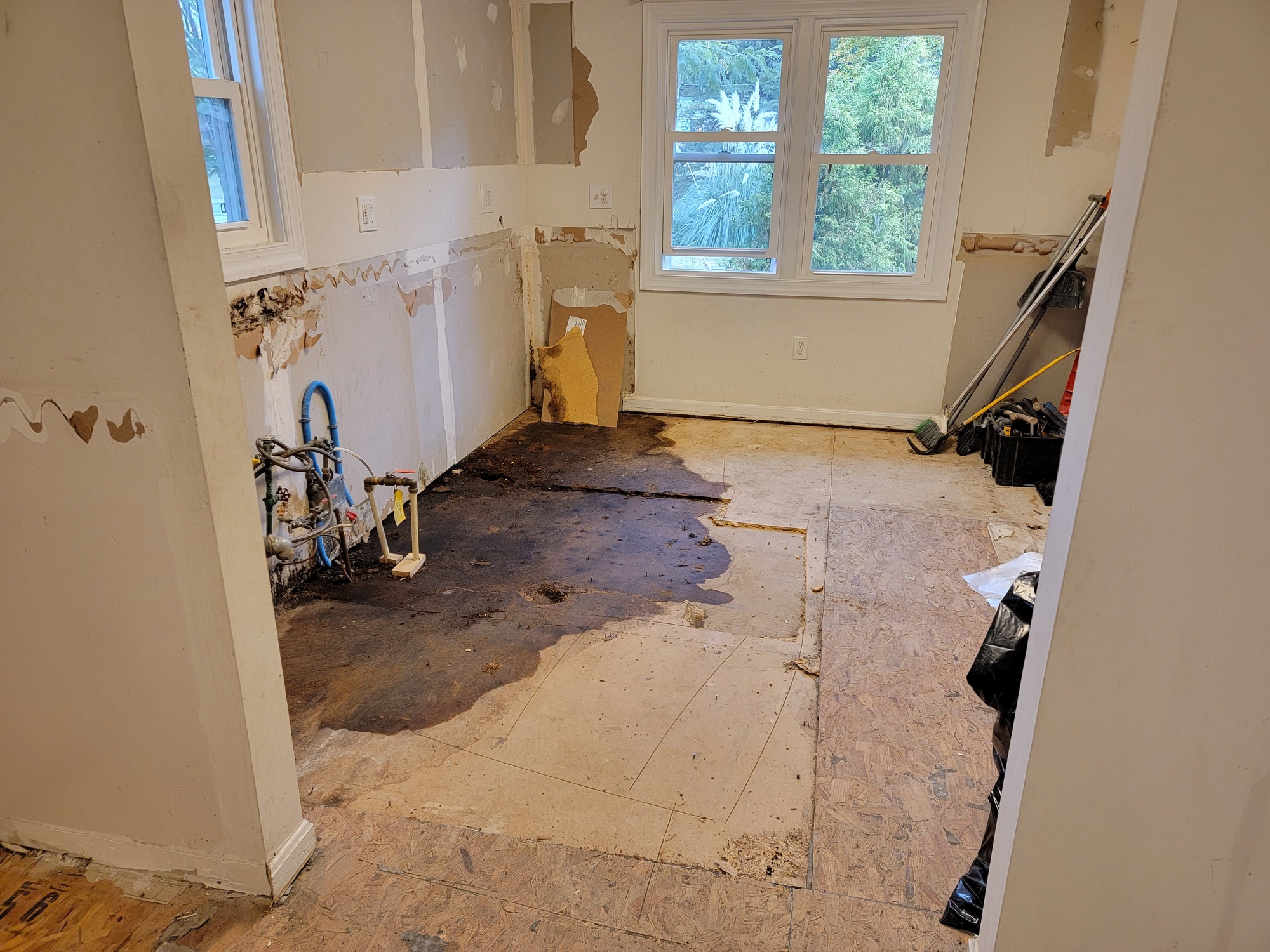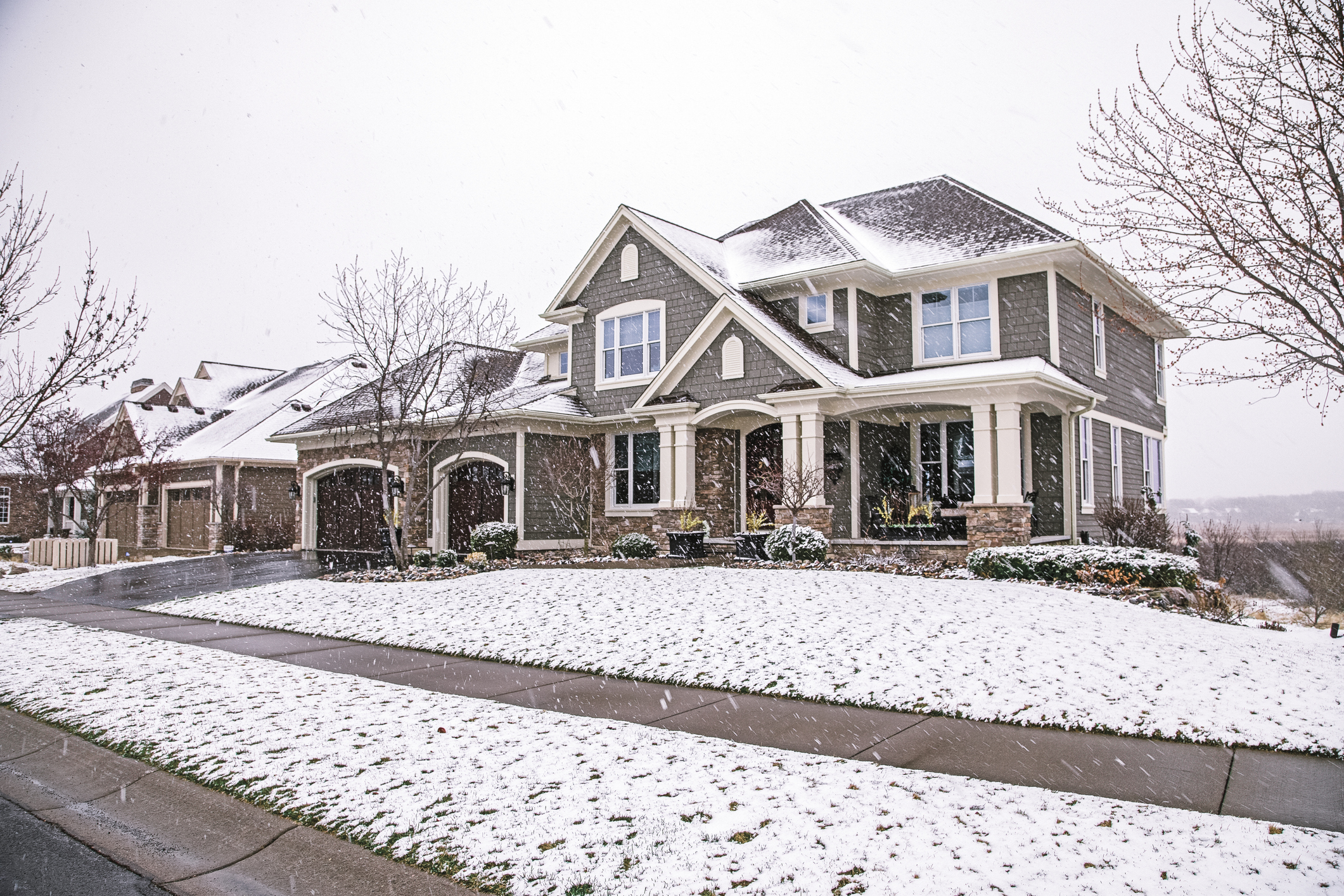As winter descends, the cozy warmth inside our homes can sometimes conceal a silent threat — mold. Contrary to popular belief, mold can thrive in cold weather just as readily as it does in warm, humid conditions.
Understanding how and why mold proliferates during winter, and knowing effective strategies to combat it, is crucial for maintaining a healthy indoor environment.
Let’s take a look at how to manage and remove mold during the colder months.
Can Mold Grow in Cold Weather?
Yes, though, many homeowners are under the misconception that mold isn’t a threat during winter. Mold is bold even in the cold, and mold growth isn’t solely dependent on temperature — it also requires moisture and organic materials to thrive.
While winter temperatures might deter some mold species, homes often provide ideal conditions for mold growth. Indoor humidity levels can spike during winter due to:
- Heating Systems
- Inadequate Ventilation
- Cooking and Showering
This excess moisture, when coupled with organic surfaces such as drywall or wood, creates a breeding ground for mold spores.
Certain areas in homes are more susceptible to mold growth during winter. Cold spots, like poorly insulated walls and windows, create temperature differentials that encourage condensation and provide the moisture mold needs to flourish.
Pro Tip: Hidden leaks or water seepage from snowmelt or ice dams can also contribute to dampness, fostering mold growth in basements, attics, and crawl spaces. Inspect your home thoroughly before winter to ensure all access points are adequately sealed.
5 Tips for Managing Mold in Winter
Preventing mold growth in winter revolves around moisture control and proper ventilation. Here’s how to tackle it:

- Monitor Indoor Humidity: Invest in a hygrometer to measure humidity levels. Keeping indoor humidity between 30-50% helps inhibit mold growth.
- Ventilation: Ensure proper airflow by using exhaust fans in kitchens and bathrooms, allowing air to circulate freely. Opening windows periodically, weather permitting, helps reduce humidity levels.
- Address Leaks and Moisture: Regularly inspect your home for leaks or water intrusion. Repair roof leaks, insulate pipes to prevent freezing, and clear gutters to redirect water away from the foundation.
- Use Dehumidifiers: In areas prone to high humidity, such as basements, employ dehumidifiers to maintain optimal moisture levels.
- Proper Insulation: Improve insulation in vulnerable areas like attics and walls to prevent cold spots and condensation.
Removing Mold in Winter
If mold still manages to take hold despite preventive measures, swift action is necessary to mitigate its spread and potential health risks. Small areas affected by mold (less than 10 square feet) can often be addressed using a DIY vinegar solution.
Larger infestations — or proliferation in hard-to-reach places — might require professional mold remediation. Protective gear like masks, gloves, and eye protection should be worn during cleanup to prevent exposure to mold spores.
Leave Mold Out in The Cold
Mold growth in winter homes is a legitimate concern that requires proactive measures to manage effectively. If you discover mold during the winter, don’t wait, remediate. Contact 24 Hour Flood Pros for their fast response and effective mold remediation services.
Regular inspections and maintenance remain the key to combating this persistent issue and safeguarding homes against the damaging effects of mold. By controlling moisture, ensuring proper ventilation, and promptly addressing any signs of mold, homeowners can maintain a healthy indoor environment throughout the colder months.




